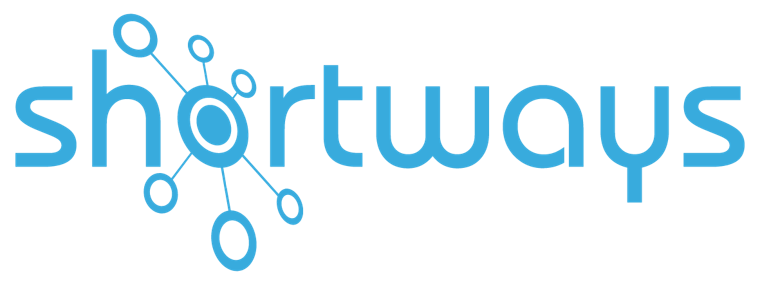In digitalisation projects, companies invest in ERP systems and supplier portals with a clear objective: to streamline exchanges, automate processes, enhance traceability and ensure data reliability. But these tools can only function fully if suppliers commit to digital integration. In reality, however, their engagement is often weaker than expected. Here are five key barriers that explain the gap.
1. High supplier turnover
Digital transformation requires continuity in relationships and exchanges. But in many cases, this continuity is difficult to maintain on the supplier side. Contacts change frequently: resignations, reorganisations, outsourcing of functions like order or invoice management. This breaks the thread of the established digital relationship.
Every change of contact leads to a loss of information. The new person may not be aware of the tools in place, the client’s specific instructions, or the current best practices. This lack of handover undermines the stability of digital collaboration. What had been learned, implemented and integrated can quickly be reset.
In some cases, frequent changes lead to repeated errors, declining communication quality or a move away from the initially planned digital channel. The tool then becomes secondary to a commercial relationship that constantly needs readjusting.
2. The multiplicity of platforms and tools
A supplier working with several key clients must juggle as many different systems. One portal for orders, another for invoicing, a third for contracts, and sometimes even one for regulatory compliance. Each client imposes their own environment, requirements and user interface.
This diversity creates an organisational overload. Suppliers must remember login credentials for each platform, the correct document formats, validation routes… This digital patchwork is all the more difficult when the systems are not synchronised. It is not uncommon to have to re-enter the same information multiple times in different formats, depending on the client.
This situation encourages suppliers to minimise their use of each platform, do only the bare minimum or revert to traditional channels (email, phone), which are perceived as faster, though less reliable. A digital project designed to improve efficiency can end up being seen as just another administrative burden.
3. The lack of digital maturity among some suppliers
Suppliers come in many forms: multinational groups, mid-sized industrial firms, but also local SMEs, tradespeople and niche service providers. Not all have the same resources, skills or IT equipment.
Some suppliers are simply not equipped for advanced digital requirements: no document management system, no EDI connection, no internal IT team. Using a portal or integrating with a client’s ERP becomes a barrier, or even an exclusion factor. The complexity of the tools is sometimes incompatible with a supplier still operating largely with manual processes.
This lack of maturity may also result in a limited understanding of issues such as security, traceability or coding. The supplier may continue using outdated practices that are poorly suited to the expectations of a digitised system. The gap between both sides widens, blocking any alignment effort.
4. A lack of time to get to grips with the tools
Supplier teams are often focused on core business: responding to tenders, producing, delivering, invoicing, handling customer urgencies… In this context, mastering a new portal or understanding the details of a client’s digital process appears as a secondary task, often postponed.
Even if the will is there, day-to-day priorities take precedence. Learning to navigate a platform, reading technical documentation, following a short training session, these are all seen as time-consuming tasks with little recognition internally.
The lack of availability makes learning difficult. This leads to recurring errors, partial tool usage or attempts to return to simpler practices, even if they fall short of the client’s digital goals. The lack of time thus becomes a real barrier to digital engagement.
5. A supplier onboarding approach that is hard to implement
In many ERP or procurement projects, suppliers are brought in late, sometimes only once the tool is live. The logic is often technical: the system works, the portal is online, internal teams are trained… then suppliers are invited to use it.
But adoption does not happen by decree. It requires a structured onboarding process: explaining how the system works, sharing the benefits, training users, answering questions, monitoring first uses. Without this framework, each supplier experiences digital onboarding as an isolated and sometimes imposed change.
Organisations don’t always have the capacity to support hundreds of suppliers individually. The result is patchy, unequal onboarding that depends on each supplier’s goodwill. The tool exists, but it is underused or even rejected. Technical deployment does not automatically lead to real adoption.
Conclusion
Digital transformation in procurement and supplier relationships does not rely solely on advanced tools. It mainly depends on the supplier’s ability to take ownership of these tools, integrate them into daily operations and collaborate consistently in a digital environment.
Turnover, fragmented tools, low maturity or time constraints, these structural barriers must be acknowledged and addressed to build effective engagement strategies. Because without their partners, companies cannot fully succeed in end-to-end digitalisation.
👉 To go further on this topic, discover 6 solutions to successfully onboard your suppliers onto your procurement portal.
Recognise yourself in these challenges? No worries, we’ve developed a solution that can help 👇
The Shortways solution:
Shortways Assistant is a digital adoption platform that integrates with your business tools (ERP, HRIS, CRM, etc.) and trains your users contextually and in a personalised way according to their role, language and the screen they are on.
How? Shortways Assistant displays step-by-step guides, notification bubbles and contextual FAQs embedded directly into your business application screens.
Using tags, your suppliers are identified and shown help content specifically tailored to them on your portal, presenting your rules and procedures in a simple, intuitive and embedded format.





